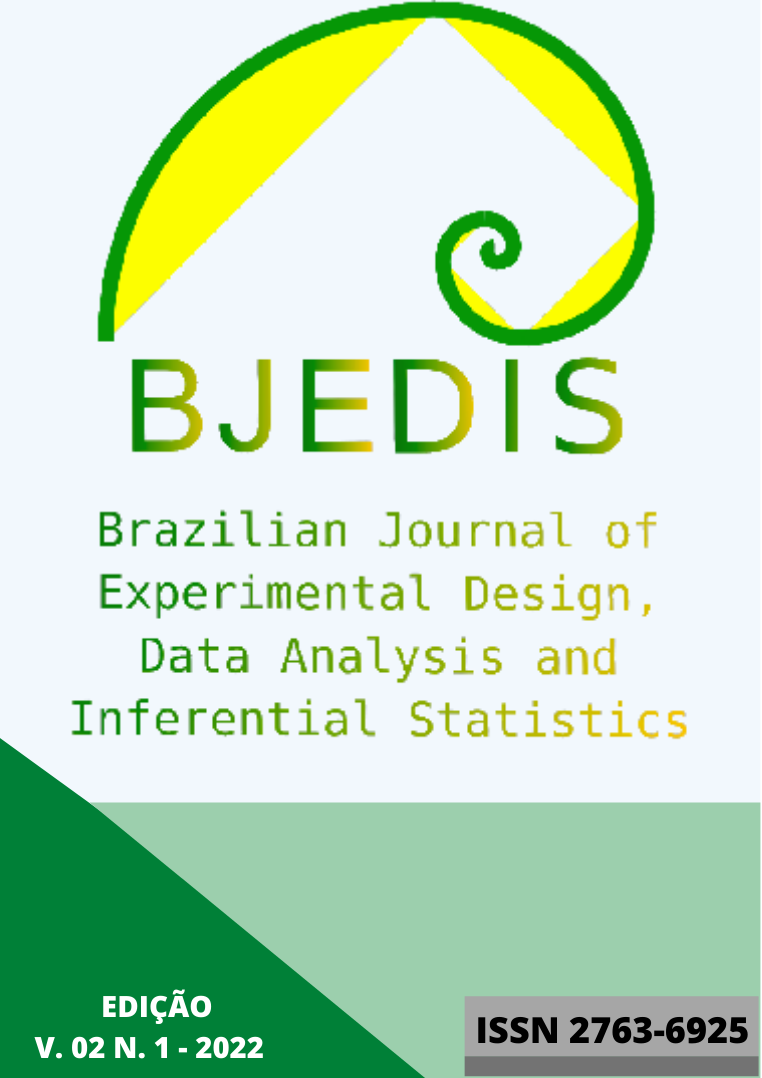The bio components in the vitrimers reprocessability: A meta- analysis study
DOI:
https://doi.org/10.55747/bjedis.v2i1.52477Keywords:
Vitrimer, reprocessability, bio, Statistical analysis, Data mining, data analysisAbstract
Vitrimers consist of polymeric networks capable of reorganizing their topology without harming the integrity of the material. These types of polymers have highly desirable properties, combining malleability, recyclability, cure, and repair at high
temperatures with insolubility and low shape changes, which implies that vitrimers can be designed to obtain re-processable materials that can replace traditional thermosets, which is a crucial step to face the problem of the disposal of plastic materials
after use. Thanks to these advantages, and intending to make sustainable the production of this kind of materials, various authors have explored the use of raw materials from renewable resources for partial or total replacement of synthetic vitrimers
components, thus increasing the environmentally friendly profile of the vitrimers, thanks to the reduction in both, the oil consumption and carbon dioxide emissions. To analyze the possibilities in this field, in this work, we perform a systematic collection of data present in the literature and investigate interactions between reprocessability, the stability of the mechanical properties, and the use of materials of biological origin for the synthesis of vitrimeric polymers. The results obtained show that some of the biomaterials that have been studied to date can improve the reprocessability properties of vitrimers, which indicates that the bio-based vitrimeric polymers can become an attractive option for the development of environmentally friendly materials with good mechanical and reprocessability properties.
Downloads
Downloads
Published
Issue
Section
License
AUTHORS’ DECLARATION AND COPYRIGHT TRANSFER AGREEMENT
The undersigned authors hereby declare that the submitted manuscript is an original work and has not been previously published or submitted, in whole or in part, to any other journal. The authors further commit not to submit this work to any other journal while it is under consideration by BJEDIS.
We affirm that the manuscript is free from plagiarism, and we accept full responsibility for any allegations of academic misconduct that may arise.
By submitting this manuscript, the authors irrevocably transfer all copyrights of the work—including, without limitation, the rights of reproduction, distribution, translation, and public communication in any form or medium—to BJEDIS. Any breach of this agreement may result in legal action in accordance with the Brazilian Copyright Law (Law No. 9.610 of February 19, 1998).
The authors also declare that there are no conflicts of interest related to this work. All sources of financial support have been properly acknowledged in the funding section of the manuscript.



